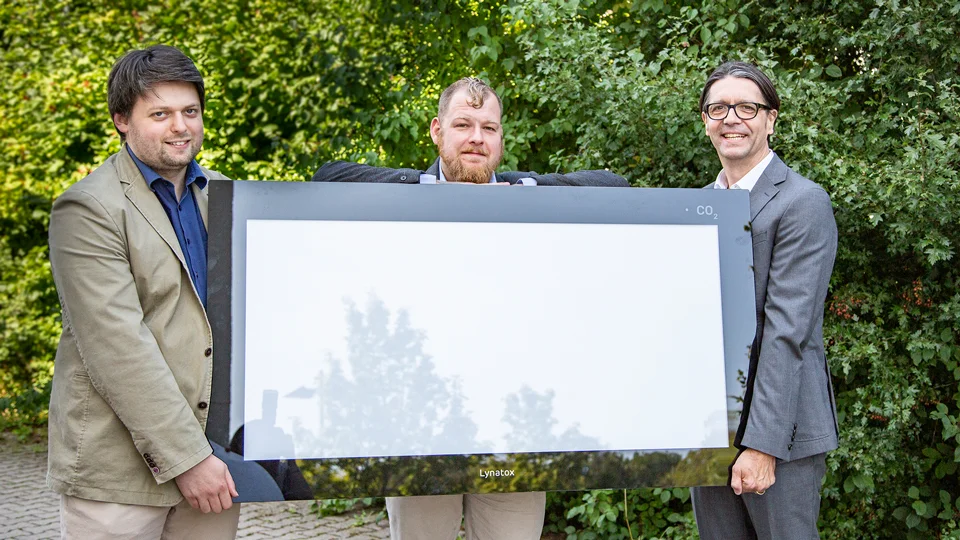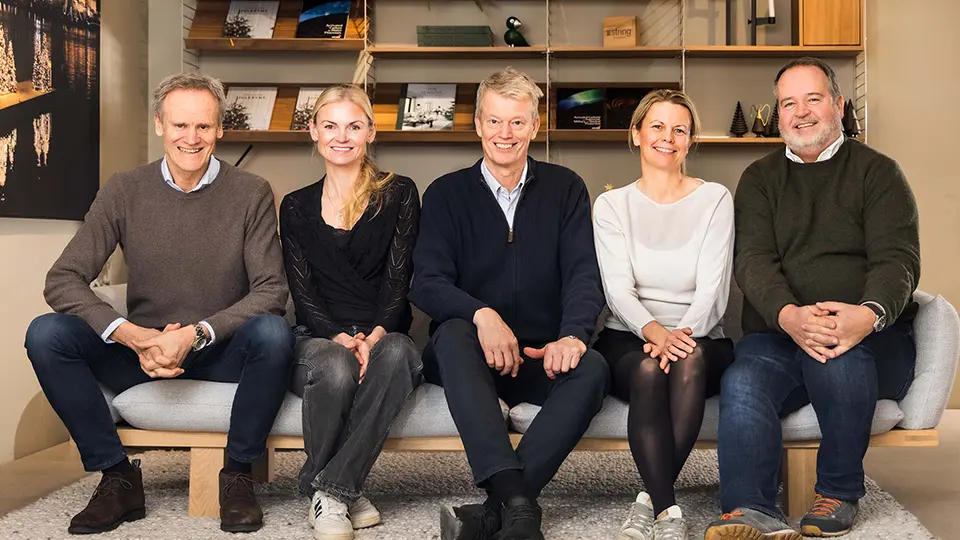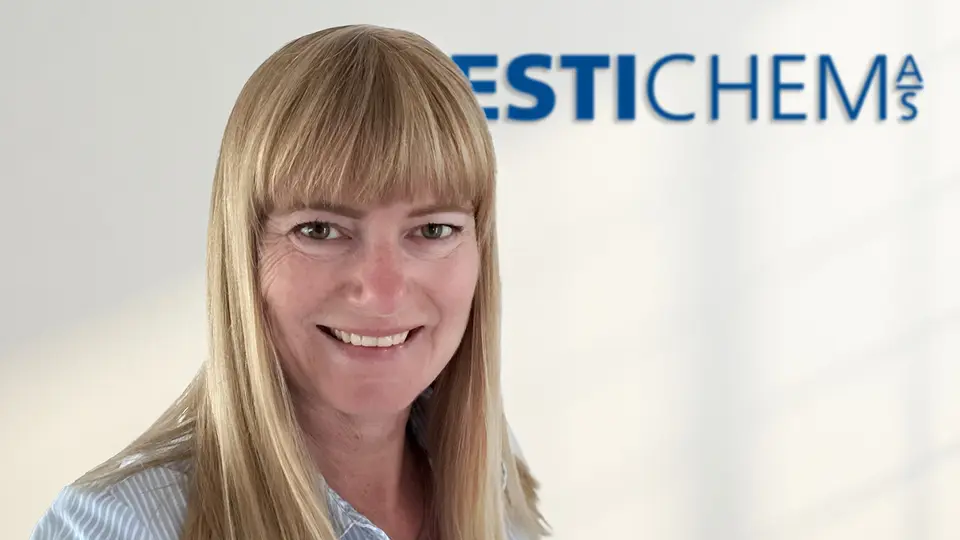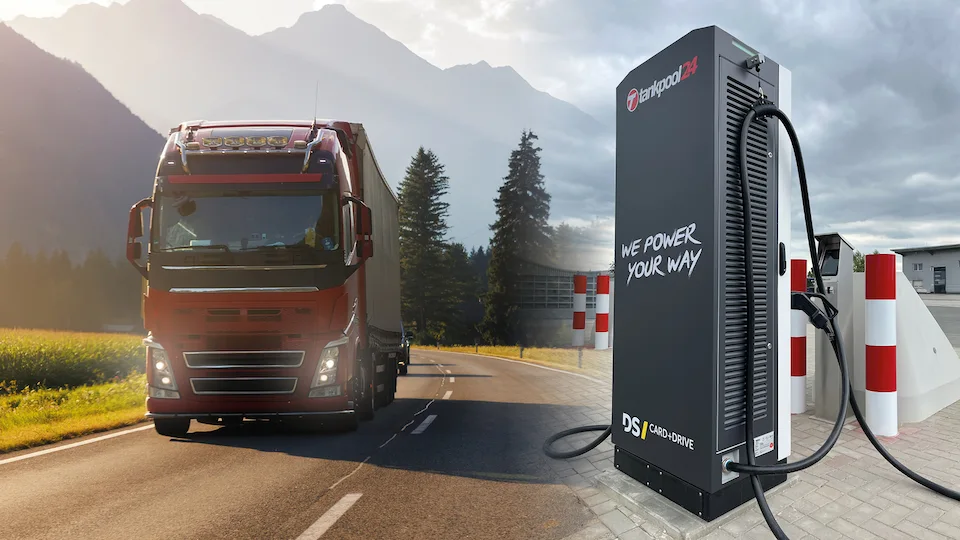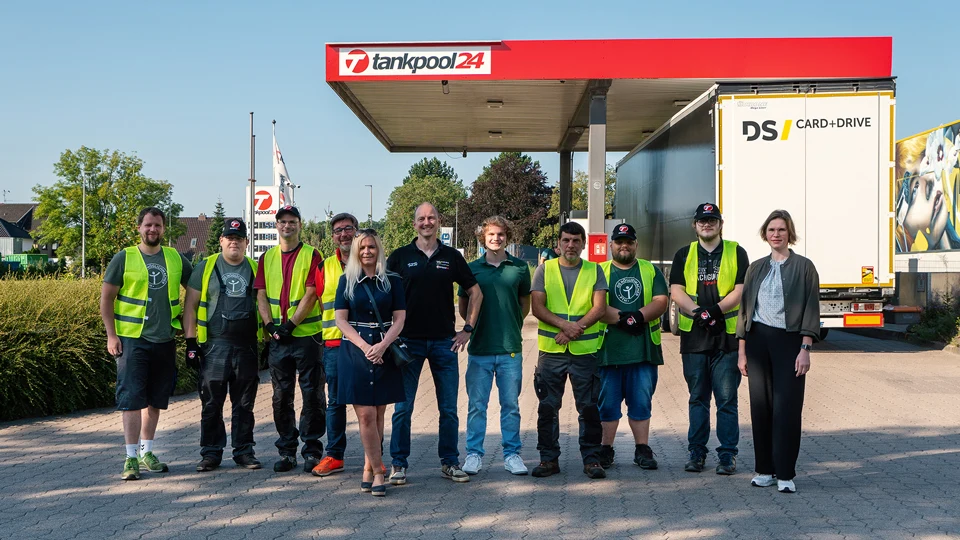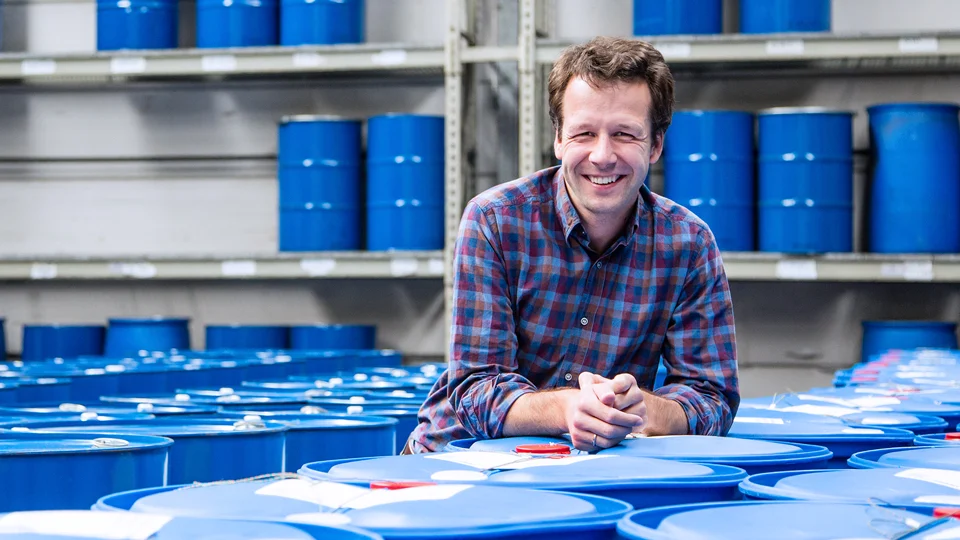Dr.-Ing. Tobias Schnabel, research associate at MFPA Weimar and Erfurt University of Applied Sciences, explains what air purifiers need to combat Corona – and why he doesn’t rely on conventional filter technology.
Micro-aerosols – this word is becoming increasingly important in the course of the Corona pandemic. While surface disinfection was the focus at the beginning, it later became clear: The virus is also airborne. In enclosed spaces with multiple people, we should therefore ventilate as often as possible. However, as temperatures drop, this becomes more difficult. An alternative: air purifiers. But filtering micro-aerosols from the air is challenging, says Dr. Tobias Schnabel, who heads the research and development department at Lynatox GmbH. In this article, he explains why many products on the market cause more problems than they solve, and how his approach differs.
Aerosols Have Become a Focus as a Transmission Route
People emit potentially dangerous aerosols both when speaking and breathing. This infographic from ZDF shows that a single infected person in a classroom without a mask and with tilted windows contaminates the entire room – in just 2 minutes. Restaurants, schools, and other facilities where mask requirements end at the seat will therefore need to ventilate more intensively or use air purifiers. Because the fewer particles in the air, the lower the risk of infection. This is also confirmed by a research project at the Bundeswehr University in a new study: Room air purifiers are suitable tools to address the indirect risk of infection. While they are not a guarantee against infection, they do make a significant difference.

Dr.-Ing. Tobias Schnabel
From 2020 – Research Associate, Erfurt University of Applied Sciences, Chair of Urban Water Management and Environmental Technology
2015 – Present Research Associate at the Material Research and Testing Institute, Weimar in the field of Environmental and Construction Chemistry and Environmental Process Engineering
Founder and CTO at Lynatox GmbH as an expert in photocatalysis.
Not all Infections are Equal
The amount of viruses absorbed is crucial in determining how severe an infection becomes. This, in turn, influences how severe the course of the disease can be. Scientists refer to this as the “initial load” that a person takes in. That’s why air purifiers and ventilation are so important: While they never completely clear the air, they significantly reduce the initial load we absorb in enclosed spaces.
Many Air Purifiers Offered on the Market are Problematic
The air purifiers that many suppliers are now advertising on the market in connection with the SARS-CoV-2 virus are mostly HEPA filters (High-Efficiency Particulate Air/Arrestance filters). These HEPA filters have three major disadvantages that are unfortunately little known.
Three Disadvantages of HEPA Filters
- Dust gets trapped in HEPA filters very quickly because they are very fine. If you don’t constantly change the filter, the device has no effect. However, the device doesn’t indicate when you should change the filter. I suspect that the filters in a school wouldn’t last longer than a week.
- Bacteria and viruses get trapped on the filter. Therefore, users would have to take strong safety precautions every time they change the filter to avoid infection. The filter is also biologically hazardous waste after use. In conjunction with point 1, this means either endangering the personnel working with the filters or enormous efforts.
- HEPA filters themselves are quite costly. Now we can say: Well, health prevention costs money. But consider what costs this would mean for thousands of schools, daycare centers, or other public institutions that are already not financially well-positioned. When buying a new air purifier, you should always pay attention to the maintenance intensity and consumables – especially if the device is inexpensive to purchase.
And then there are Air Purifiers that are not just Problematic, but Dangerous
First of all: Good, reliable quality features are TÜV and CE marks. I wouldn’t buy a device without these seals. But many devices not only lack these seals, they are even dangerous. There are UVC air purifiers in which the UVC tube operates with a mercury-containing light source. If this UVC tube breaks, the health hazard is enormous. There are even devices on the market where the UVC tube radiates openly into the room. In the worst case, this can lead to lasting damage to the eyes and carcinogenic sunburns. There are no regulations from the legislator in this direction, TÜV certification is not mandatory. We voluntarily obtained TÜV certification for our devices because our devices should be safe to use anywhere.
Then there are plasma air purifiers. Plasma devices don’t actually use plasma for air purification, but the ozone it produces. And I don’t want ozone in my own four walls or in my children’s school. Usually, the device also smells very unpleasant. In the worst case, these devices form even more harmful substances through reaction with the room air than ozone already is. For example, the highly toxic nitrosamine is formed from the reaction of ozone and nicotine. Here too, there are still no standards or VDI guidelines.
Customers can hardly assess whether a device on the market really works and what “side effects” it has.
What Must a Good Air Purifier be Able to Do in Times of Pandemic?
A good air purifier must meet several technical requirements. Let’s assume it’s being used in schools and other public buildings with a lot of public traffic. This means:
- The entire device needs a stable construction made of glass, aluminum, and stainless steel.
- The air purifier needs a mounting option for walls, on one hand to remove it from direct contact, and on the other hand, so that the air purifier collects less dust.
- A prerequisite for use in public spaces is handling that allows even laypeople to use it long-term in everyday life.
- The air purifier must overcome the above-mentioned problem with infectious filters.
- The air purifier should be able to perform highly precise measurements of carbon dioxide in the room air, preferably with an optical display. Because: Bio-aerosols in room air are strongly coupled to carbon dioxide. Through our breathing in closed rooms, the concentration of carbon dioxide increases just as much as the concentration of aerosols. If the room air purifiers measure the carbon dioxide content in the room, you can optimize the ventilation intervals. If we keep an eye on the carbon dioxide, we also have an indicator of how many aerosols are floating in the room.
Lynatox Relies on Photocatalysis Instead of Filtering Processes
Air purifiers that function according to the principle of air filters have the problem that the filter gradually wears out. A catalyst does not wear out. The air purifier we build only uses a stainless steel dust filter that can be washed normally in the dishwasher. This is the only maintenance step required during operation with the photocatalysis air purifier.
A photocatalysis air purifier does not filter aerosols out of the air, but safely breaks down microorganisms. Not just viruses, but also fungal spores and bacteria.
What is Photocatalysis?
The photocatalytic effect describes a physical process on semiconducting materials. Semiconductors conduct when they are irradiated at a certain wavelength. For titanium dioxide, for example, in the wavelength of UV-A radiation. This creates so-called electron holes. These electron holes react with hydroxide ions from the natural air humidity. The product of this reaction is hydroxyl radicals, a strong oxidizing agent. This in turn oxidizes with organic and inorganic pollutants. The oxidation strength is so high that it leads to a complete “cold combustion” of the pollutants. After this combustion, only harmless reaction products such as carbon dioxide, water, and mineral salts remain.
Tests under Real Conditions are Difficult, but the Numbers are Promising
Our air purifier was originally developed from the perspective of pollutant reduction in public buildings. However, we immediately switched gears during the first lockdown, sought a new laboratory, and began fighting against the virus. Unfortunately, in Germany, we don’t have facilities where we can safely release the SARS-CoV-2 virus and take measurements. This would require specially secured rooms; anything else would be too dangerous. But we now have very promising numbers. After illuminating the catalyst, no viral RNA was detectable anymore. This allows us to prove: When a virus lands on our catalyst, it is broken down.
